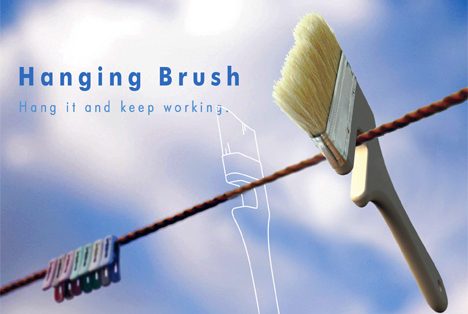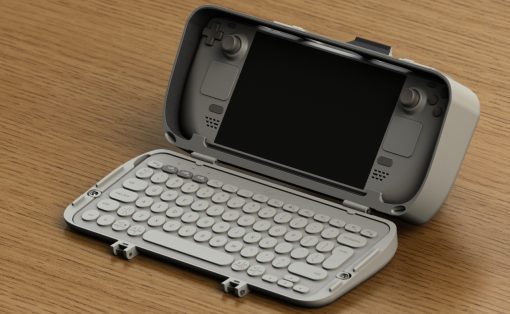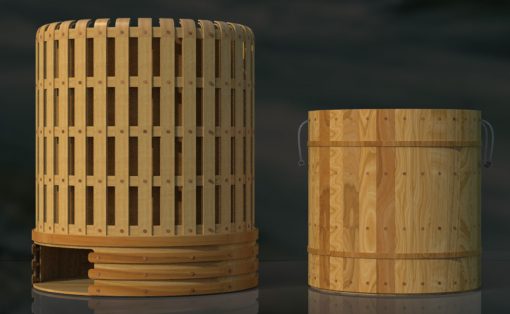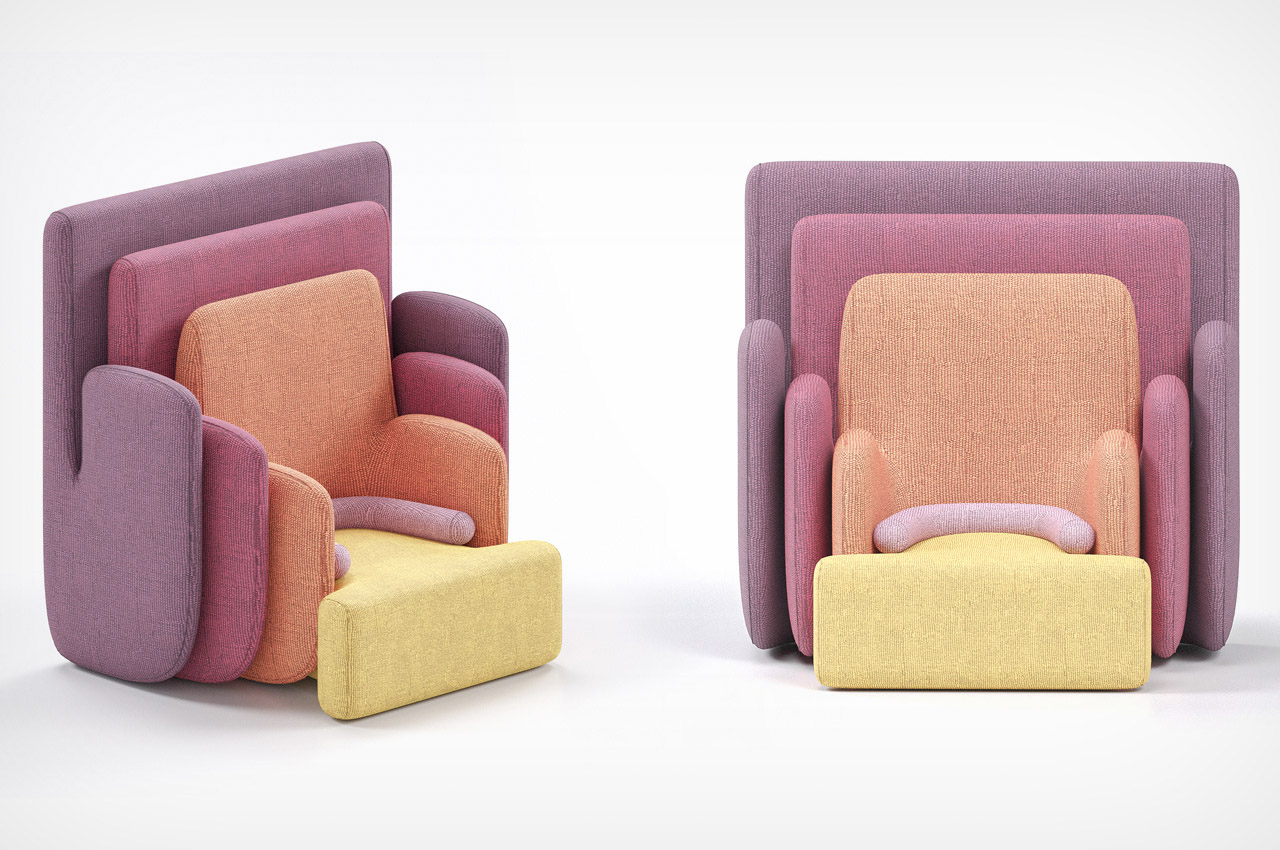
We often underestimate the importance of a great chair! When in reality we really shouldn’t. We spend the majority of our day sitting on chairs, whether we’re working in our home office, enjoying a meal, or simply sitting and reading a book for leisure! Hence, this piece of furniture needs to be not only comfortable but ergonomic, and aesthetic as well. And we’ve curated a collection of chair designs that meet all these criteria! From an oddly appealing armchair that comes with a nested design to a modular chair that transforms into a workspace – these innovative chair designs are not only a boon to your back, and help you maintain a healthy posture, but are also super comfy to sink into, and will perfectly match the interiors of your modern homes. Enjoy!
1. Hug
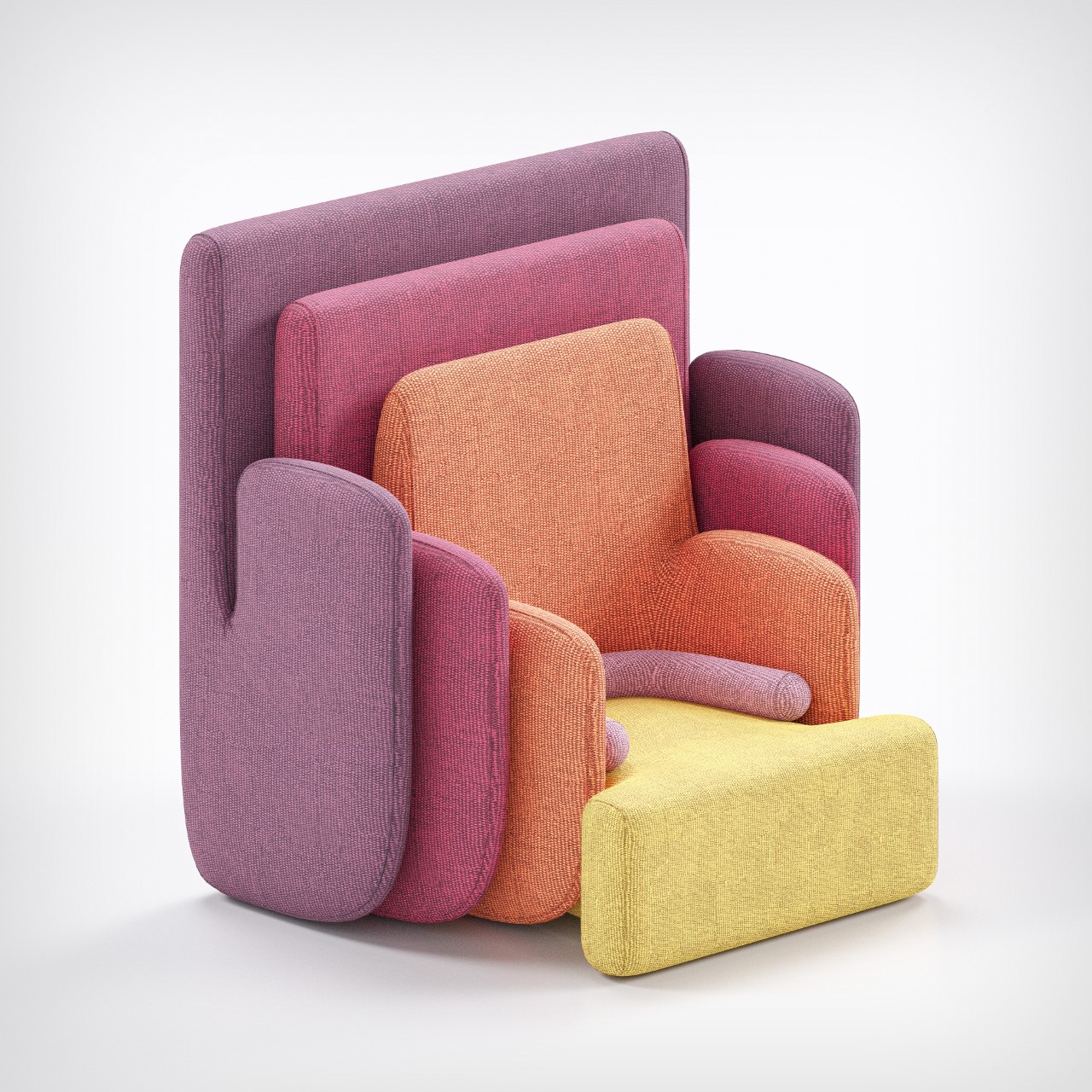
Aptly titled ‘Hug’ for the way the elements hug each other, the Hug Armchair is pleasing to look at, inviting with its warm design and eye-catching colors, and comfortable, thanks to an all-cushion construction that you practically sink right into.
Why is it noteworthy?
The chair is (at least visually) made from 5 parts, with a rainbow-esque color palette to help separate them while giving the chair a unique theme. Starting off with a seat and gradually moving over to the large backrest which envelopes the entire chair, the Hug looks like a set of nesting kitchen containers or spoons (the ones from Joseph Joseph, no less)
What we like
- The chair’s overarching personality envelops you in a hug when you sit on it
- The Hug Armchair acts as a unique conversation piece for an interior
What we dislike
- No complaints!
2. D-Tach
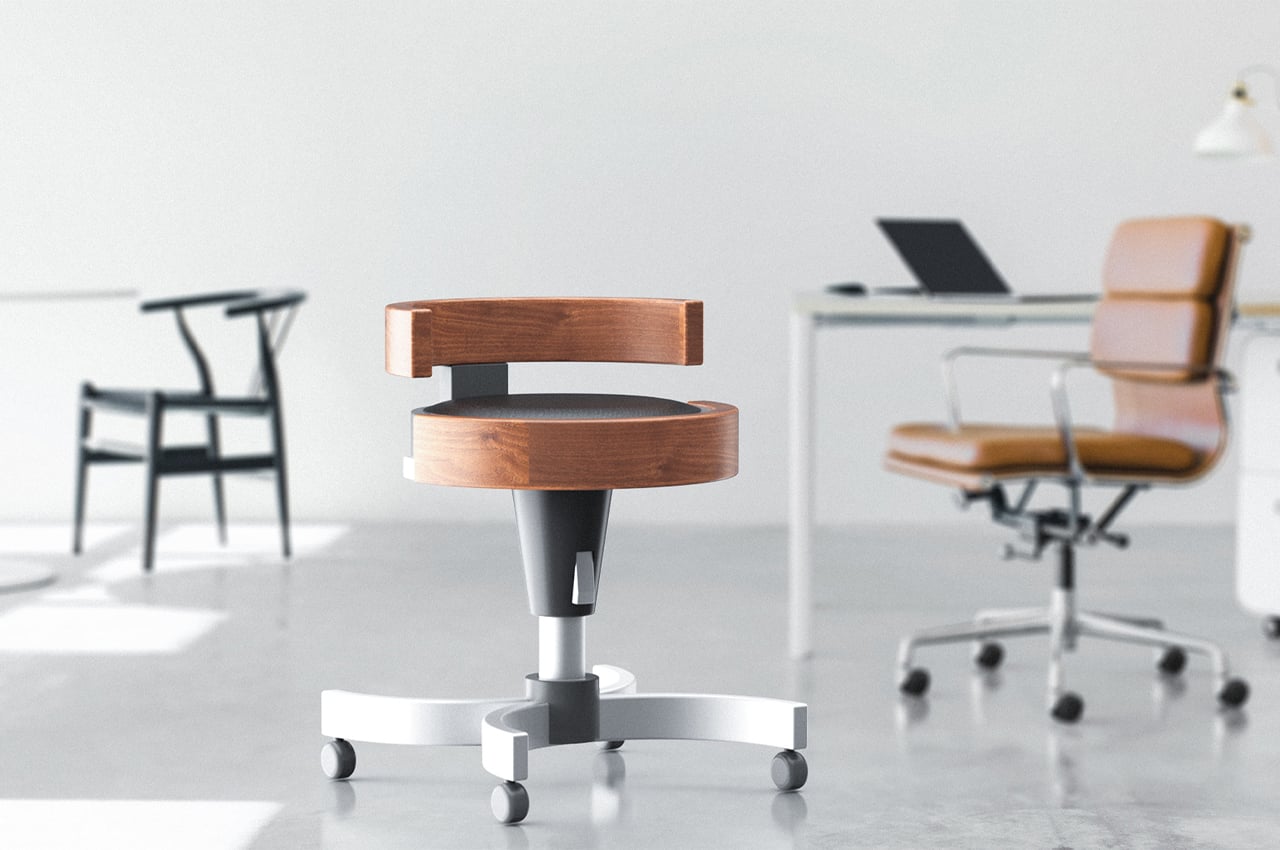
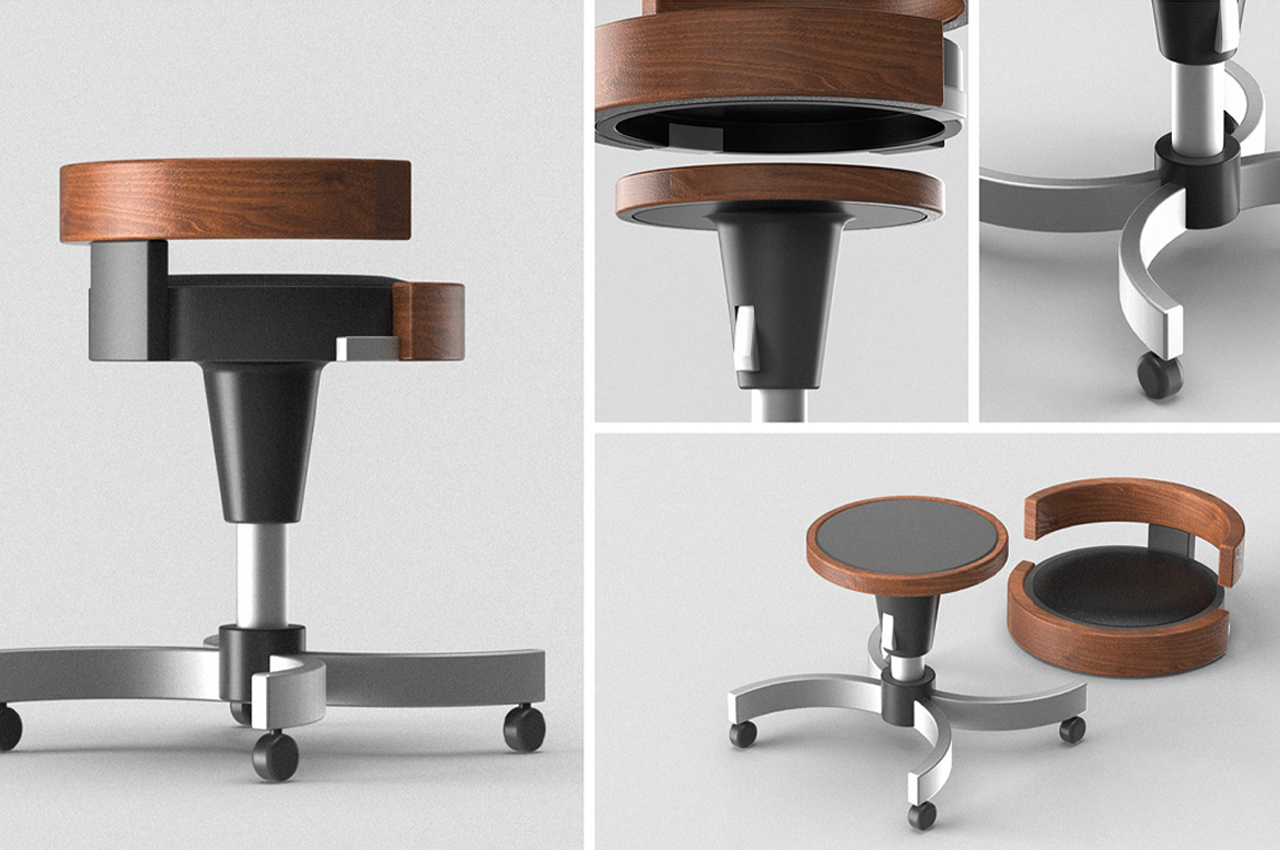
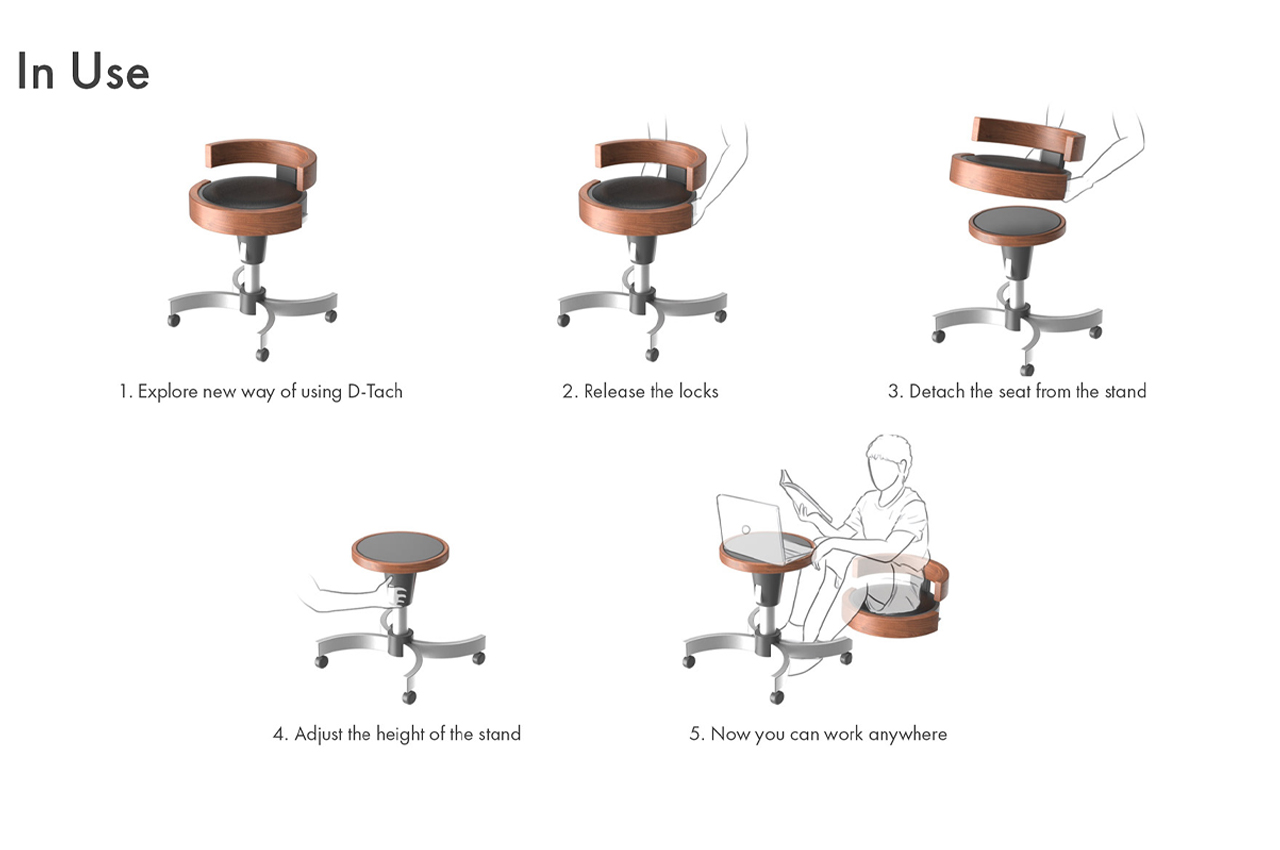
D-Tach is a versatile stool that transforms into a small workspace designed to accommodate today’s mobile work culture. With each day, our world seems to become more and more mobile. Mobile offices, working from home, and freelance careers are increasing in popularity as we move away from corporate offices. With work culture making such a big shift towards mobile lifestyles, our home offices and furniture should reflect that.
Why is it noteworthy?
Industrial design student Andrew Chang decided to create a chair that fits the bill. D-Tach is a modular stool design that functions as a traditional office chair, only to disassemble into parts that provide a small working space on the go.
What we like
- Transforms into a small workspace
- Fits into most modern offices
What we dislike
- We’re unsure how comfortable would the small workspace be to actually work in
3. The Neo-Primitive Chair
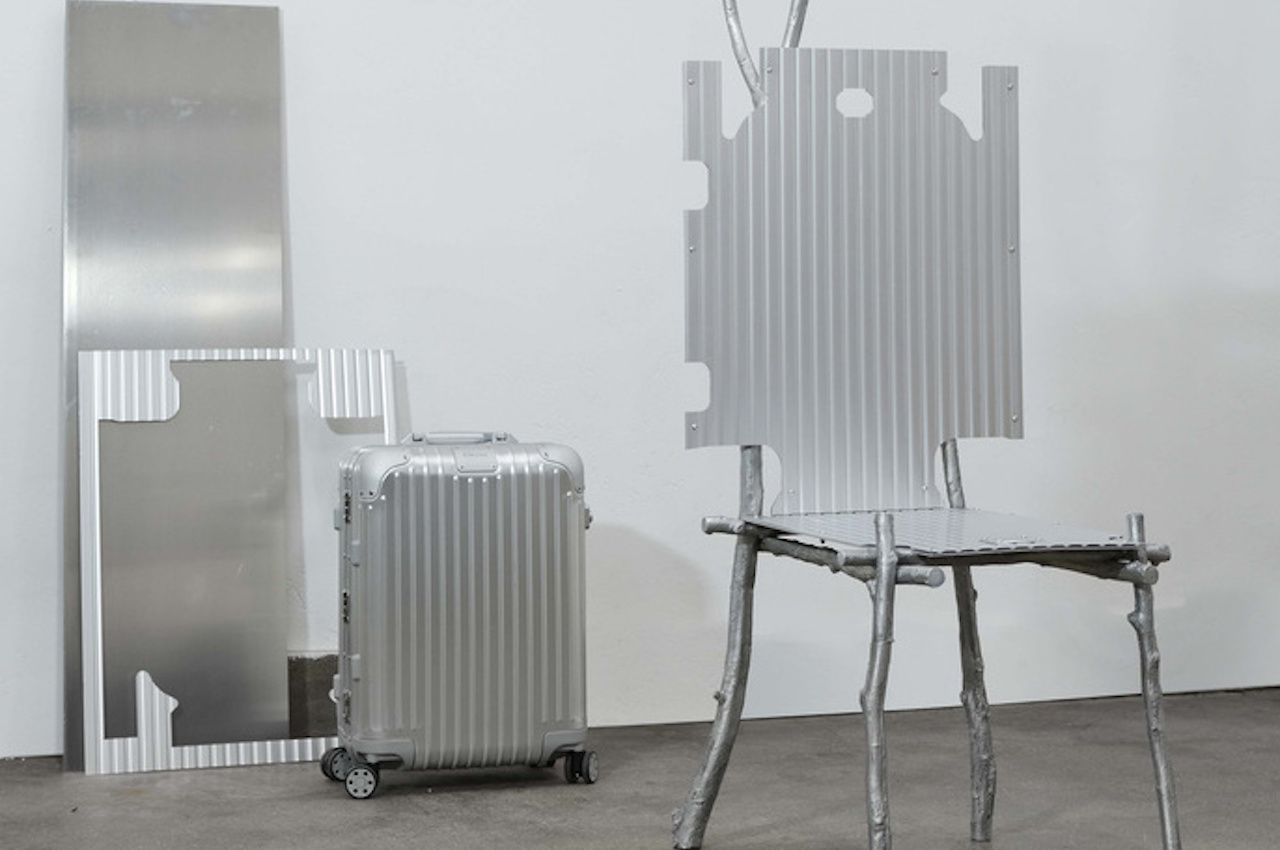
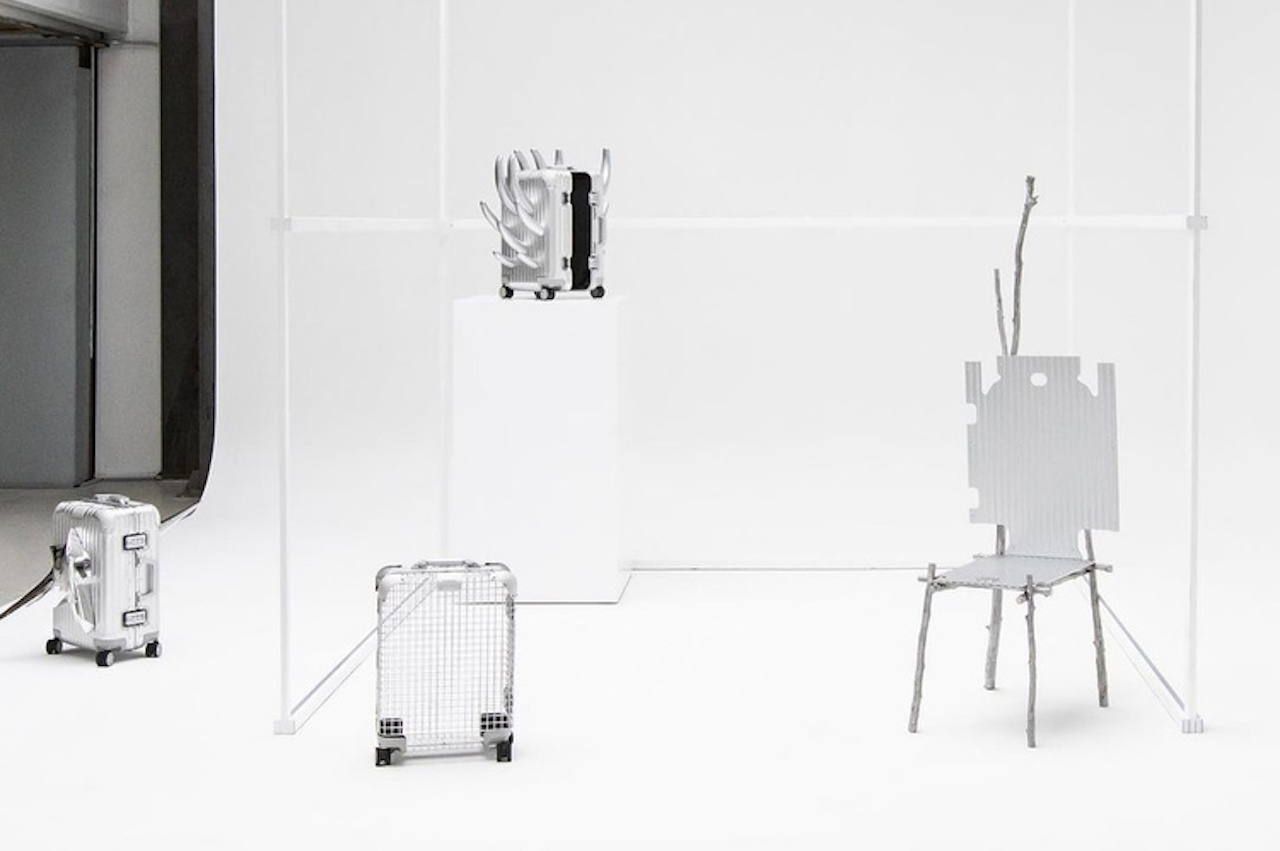
Sisan Lee has teamed up with premium-quality luggage brand Rimowa for a collaboration that was meant to be showcased at the “As Seen by” exhibit in South Korea.
Why is it noteworthy?
The designer utilized Rimowa’s very own grooved aluminum sheets, the same ones used on the brand’s prized carrier luggage pieces. He also thought of using tree branches and then transforming them into aluminum using sand casting–resulting in a luxuriously-styled chair that will probably make you remember you’re not yet traveling as you used to.
What we like
- It may look brittle, but like the famous Rimowa luggage series, the Neo-Primitive Chair is made with strength and solidity
- The Neo-Primitive Chair is considered an organic piece of furniture as it brings together nature and manufactured articles
What we dislike
- No complaints!
4. The O6
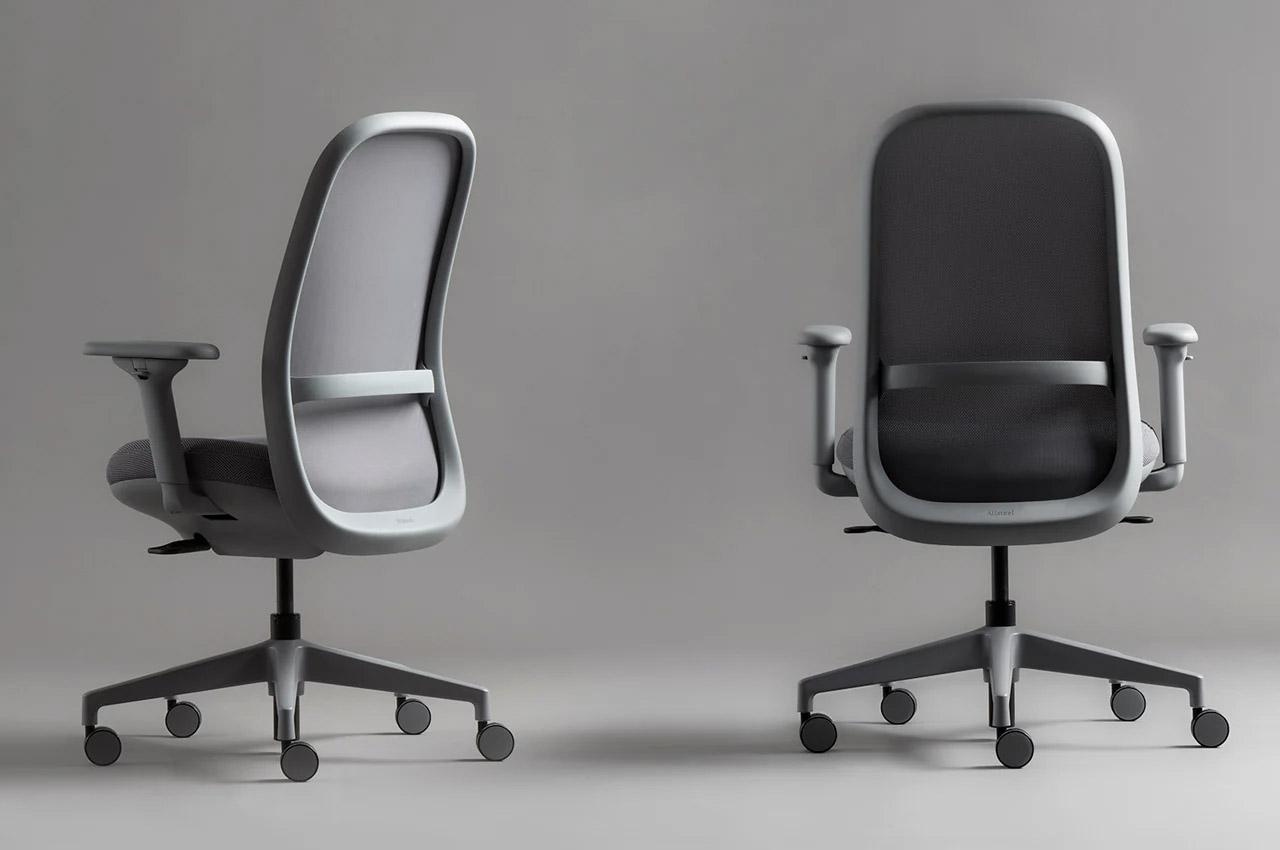
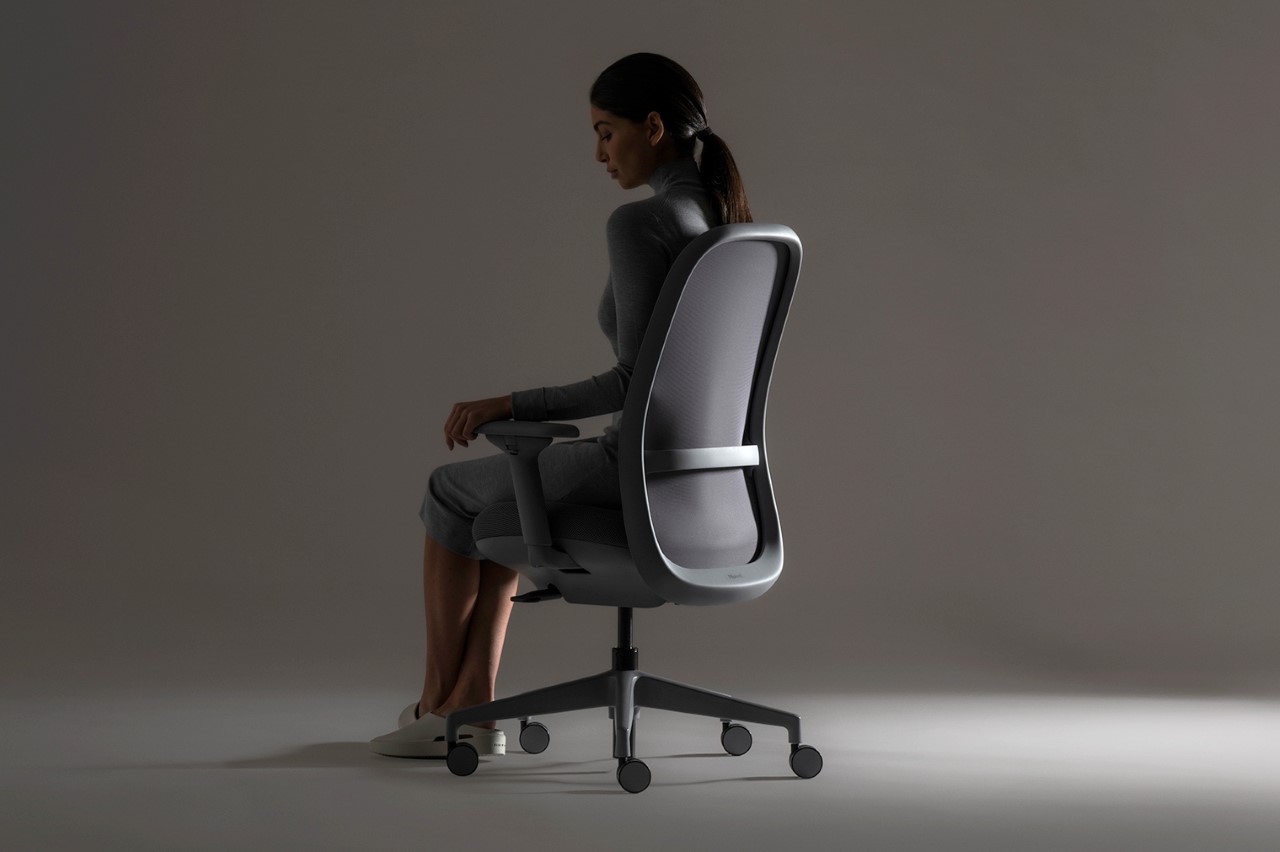
Named after the O-shaped backrest that gives the chair its distinct lightweight design, the O6 is the result of a 2-year collaboration between Benjamin Hubert’s LAYER Design and Allsteel.
Why is it noteworthy?
The chair’s name also pays a hat-tip to the six key interactions that enable the user to configure the O6 for ultimate comfort. These adjustability controls include the vertical movement of its armrests; multi-directional movement of the arm pads; the vertical and horizontal movement of the seat; the tilting backrest; and the adjustable lumbar support. “The controls are streamlined and intuitive, enabling ergonomic comfort without visual complication”, says LAYER Design in their press release.
What we like
- Designed to harmoniously blend into your muted office setup
- Users can customize the chair’s design by choosing from as many as 22 different colors of Spectrum mesh for the back and seat and six 4-Way Stretch mesh back colors
What we dislike
- No complaints!
5. The Nodding Chair
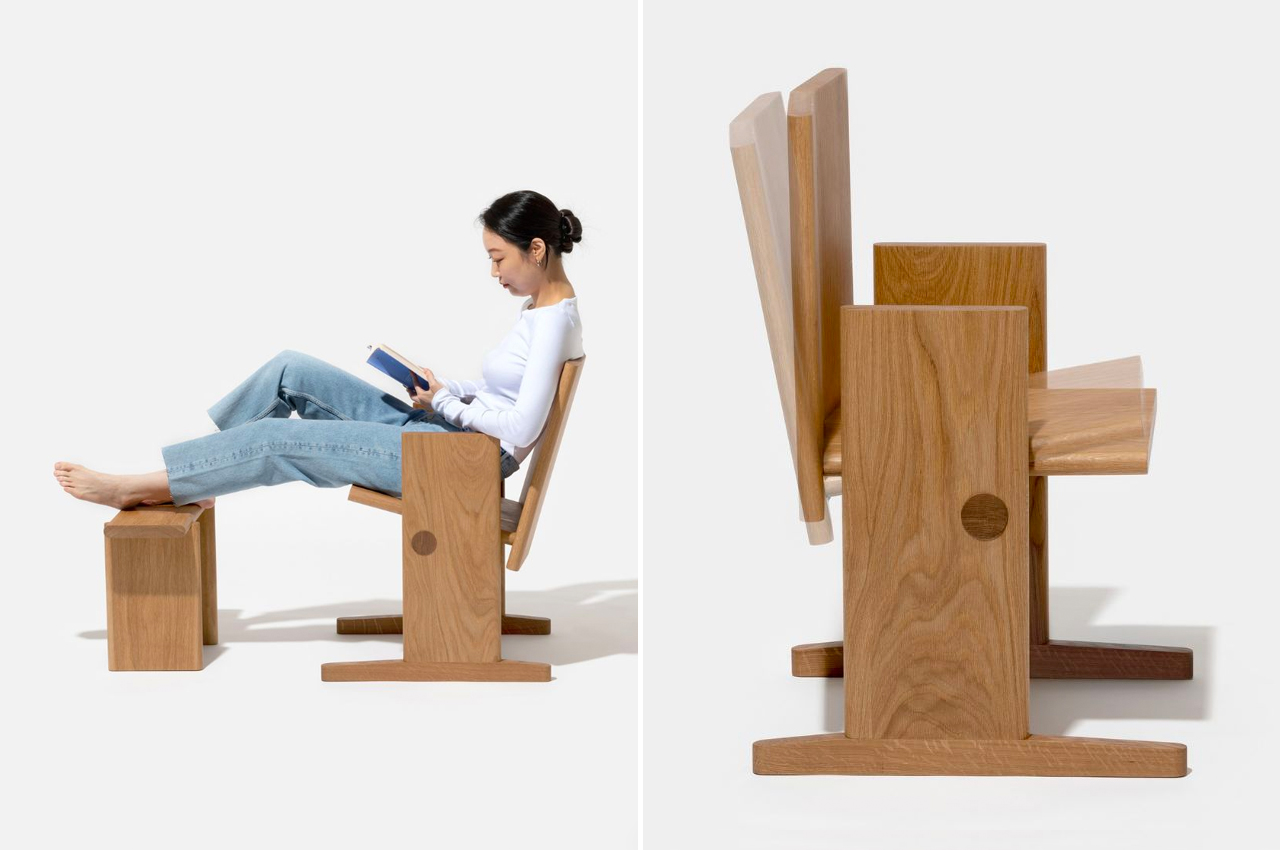

As someone who loves to read, and read for long periods of time, I know that wooden chairs are the least comfortable ones to sit on while finishing a good book. And I’ve also tried to read while on a regular rocking chair and that made me dizzy since the constant big movements are a bit too much for my poor eyes. But staying put in a chair can still be uncomfortable and you need some type of motion while you’re reading. This product concept seems to be the perfect one for bookworms like me.
Why is it noteworthy?
While rocking chairs are good for relaxation, they’re not always good for floors and if you’re like me, for our eyes and peace of mind. The designer thought of a new way to have a chair that can be comfortable and still let your body have its range of natural motion while reading, resting, or even writing (if you’re used to that). The Nodding Chair can be tilted forward and backward, letting you make smaller movements that won’t make you too nauseous.
What we like
- Creates less pressure on the floor so you won’t get marks and scratches
- Allows the chair to move with you as you occasionally change positions while reading
What we dislike
- The seat itself doesn’t seem to be that comfortable as it’s just plain wood and there’s no cushion
6. Task Chair


This new Task Chair that the Australian industrial designer Marc Newson has come up with for the German brand Knoll is an ergonomic chair with a single-line silhouette.
Why is it noteworthy?
What makes it stand out, even more, is its cantilevered shape which makes it look like the seat is floating. At first glance, the seat may not seem that inviting but it does catch the eye and once the user actually tries it out, they’ll realize that the design makes it even more comfortable.
What we like
- It comes with a tilt function that is actually hidden under the seat
- The seat’s texture has also been refined so you feel like you’re sitting on something luxurious
What we dislike
- No complaints!
7. The Cardboard Chair Process Book
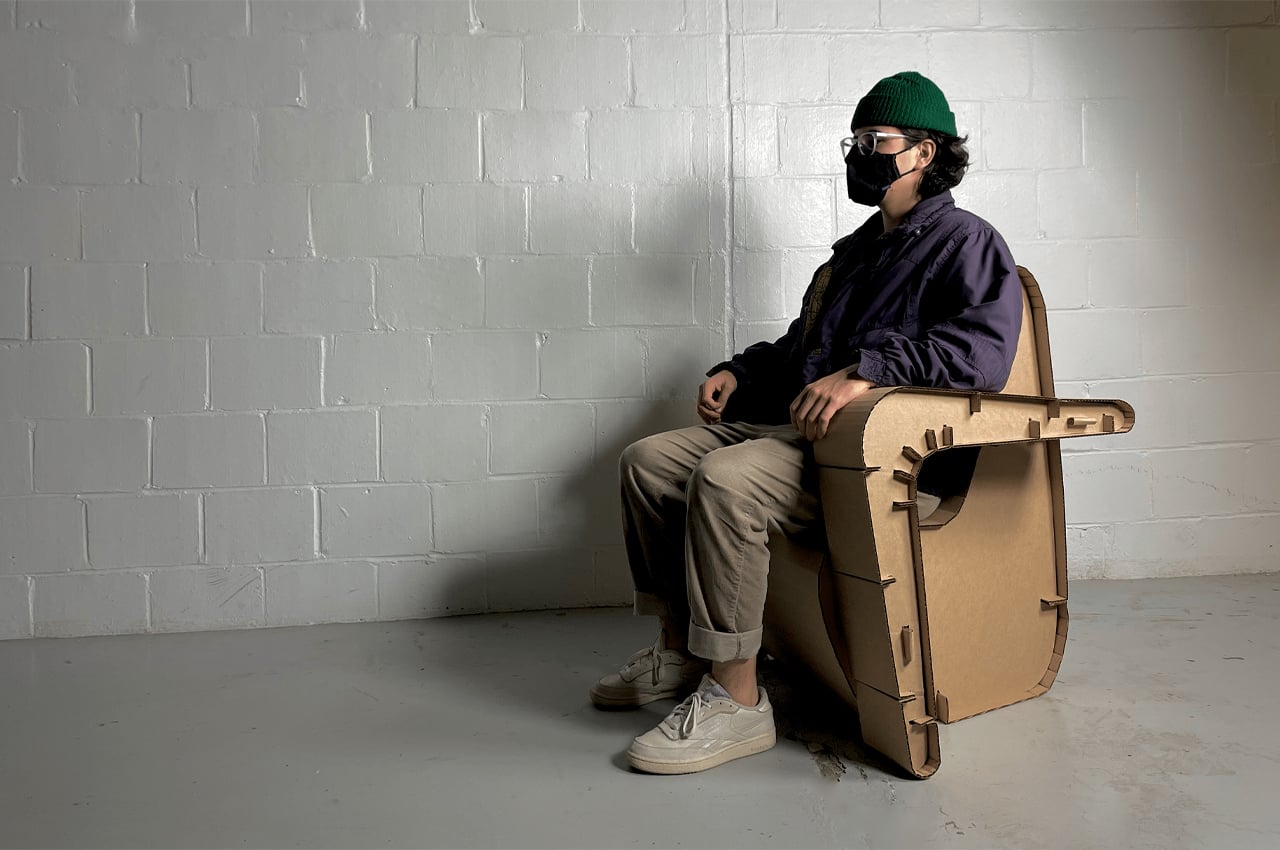
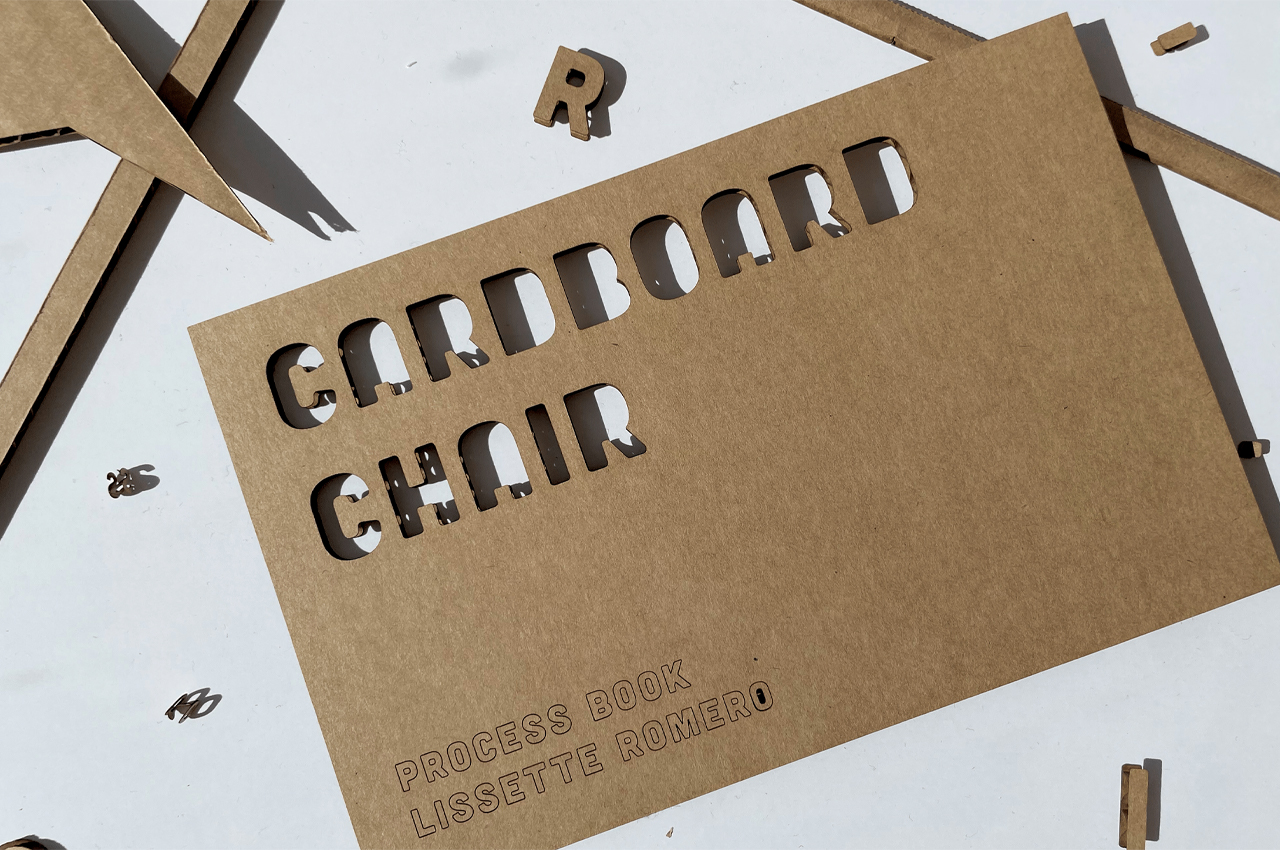
Goldilocks was right–the comfort of a chair depends on many different factors. Everything from a chair’s frame to its upholstery and everything in between comes into play. At the end of the day, a chair’s comfort depends on what we use it for–a plush loveseat might be the perfect spot to nestle up in and watch a rom-com, but it’s not the spot for working at our laptops. It’s just not the vibe! Lissette Romero unlocked the vibe with a new design concept called the Cardboard Chair Process Book that constructs bespoke chairs from cardboard using a set of criteria collected from client interviews and anthropometric measurements.
Why is it noteworthy?
Built from 5 4’x4’ sheets of single-ply corrugated cardboard, the custom chairs require no hardware, fasteners, or adhesives for construction or assembly. Before settling on the chair’s overall structure and ergonomics, Romero imagines conducting client interviews to determine each chair’s main function according to the sitter’s needs. For instance, a client looking for a lounge chair to play video games will end up with a very different chair design from a client who’s looking for a desk chair to use for studying.
What we like
- The chair is to be tailored to [the client’s] body measurements, personal aesthetic, and tasks that they will be performing while seated
- Built from sustainable materials
What we dislike
- No complaints!
8. The Zero Chair
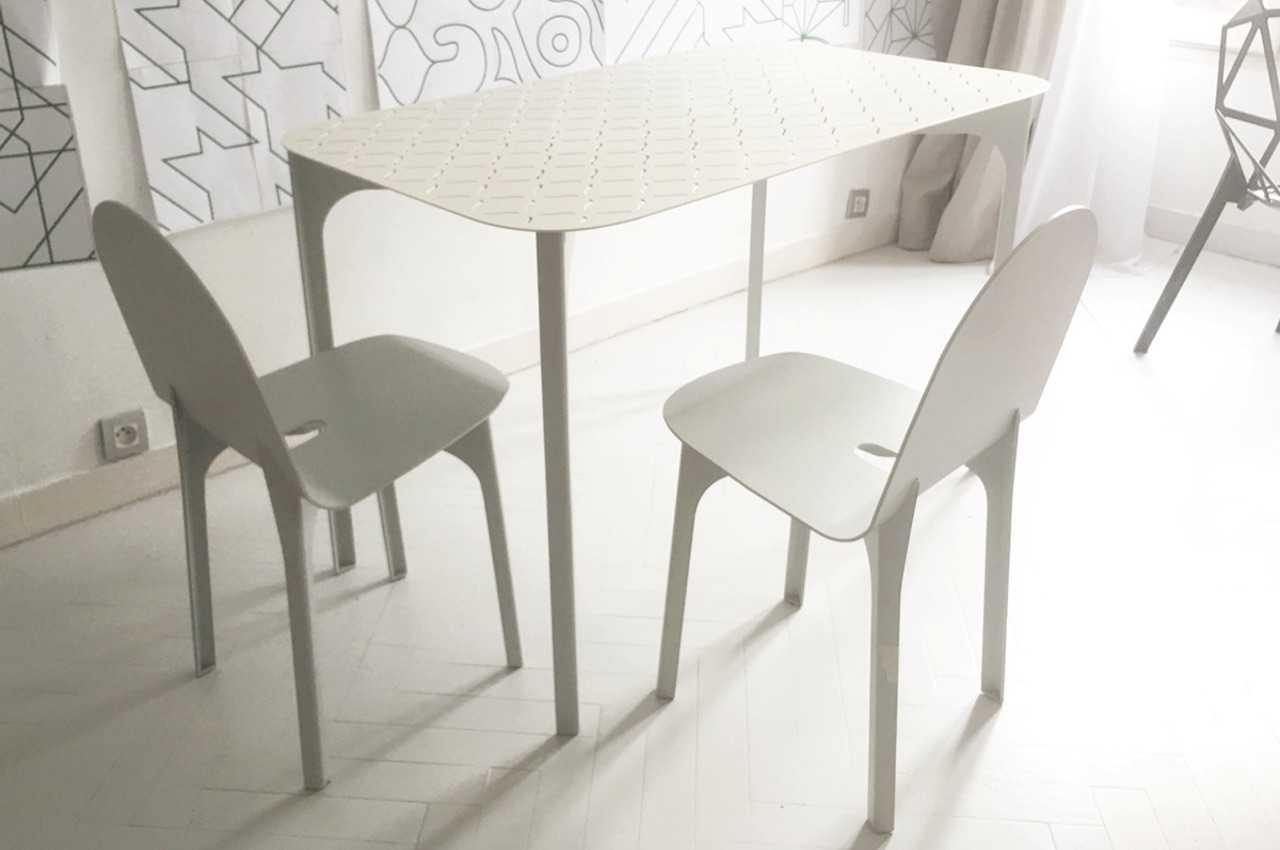
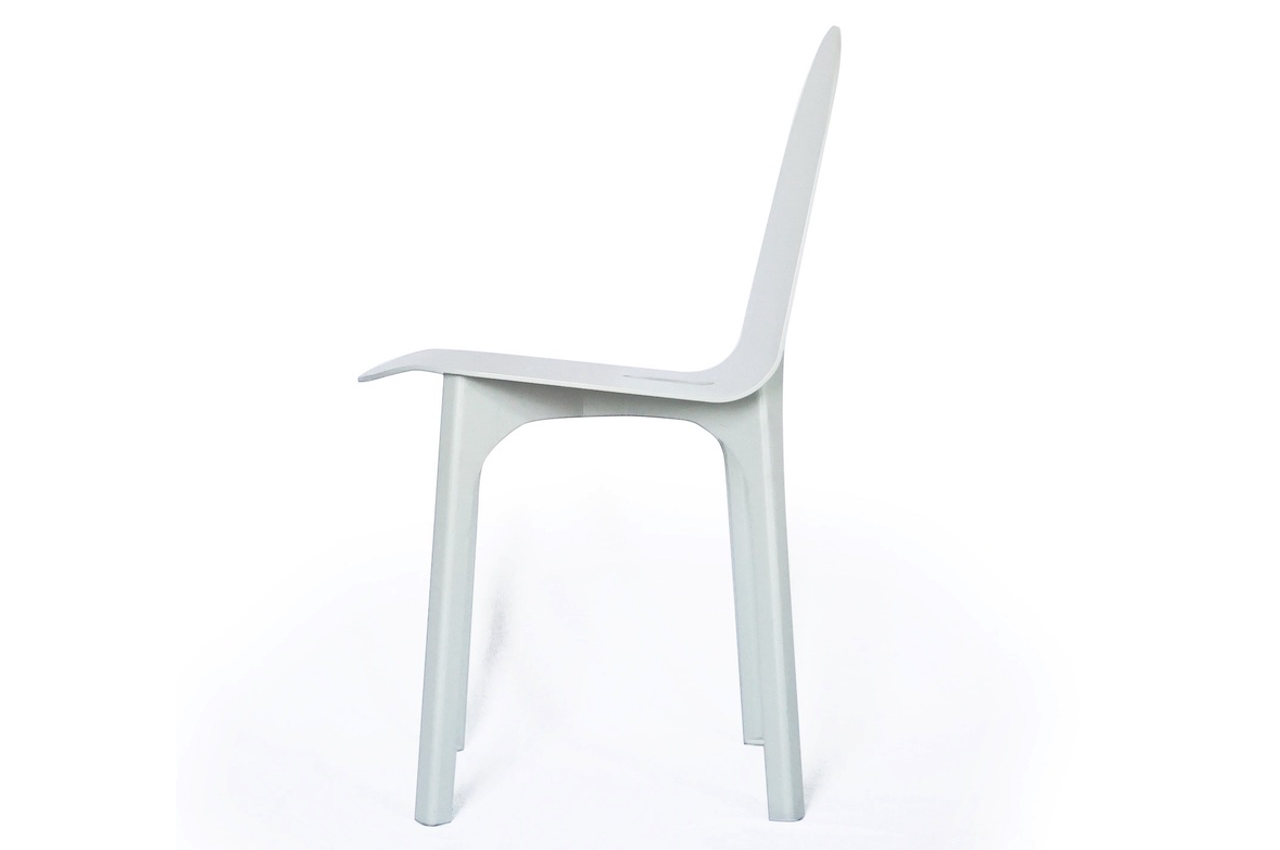
For creatives, designing something will often inspire another project to start as soon as possible. Designs inspired by other designs always exist, and that is what happened with this new chair introduced by industrial designer Franck Magné after working on the layout of the Soleil & Papilles restaurant in Paris. He was doing the layout when he also started to imagine the tables and chairs that could be used. He was thinking of dining furniture pieces that could be produced locally for an important reason: budgetary constraints.
Why is it noteworthy?
The Zero Chair can be easily laid out on a standard aluminum sheet as some nine chairs can be made and laid out on a single sheet of aluminum material that is already characterized as recyclable. In addition, this aluminum is said to reproduce almost no offcuts, which is a good thing for those constantly checking the sustainability of a product. The Zero Chair has now been added to the designer’s Objets Publics collection which is a brand of furniture for public spaces, in partnership with SAG France.
What we like
- The Zero Chair can be used both outdoors and indoors, so every dining experience can be safe and comfortable
- The Zero Chair is also available in different colors that can match the interior of any room, restaurant, or establishment
What we dislike
- No complaints!
9. The Collapsible Wood Chair
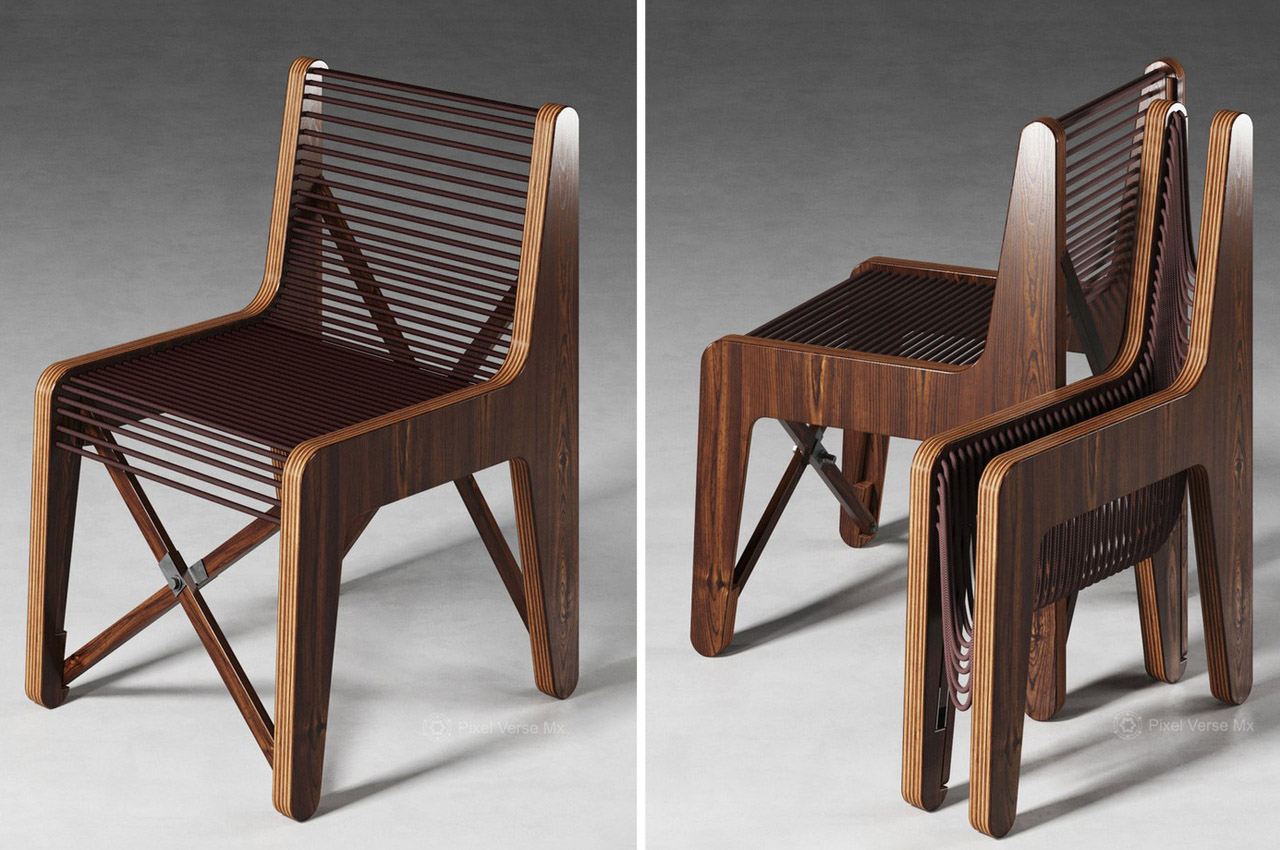
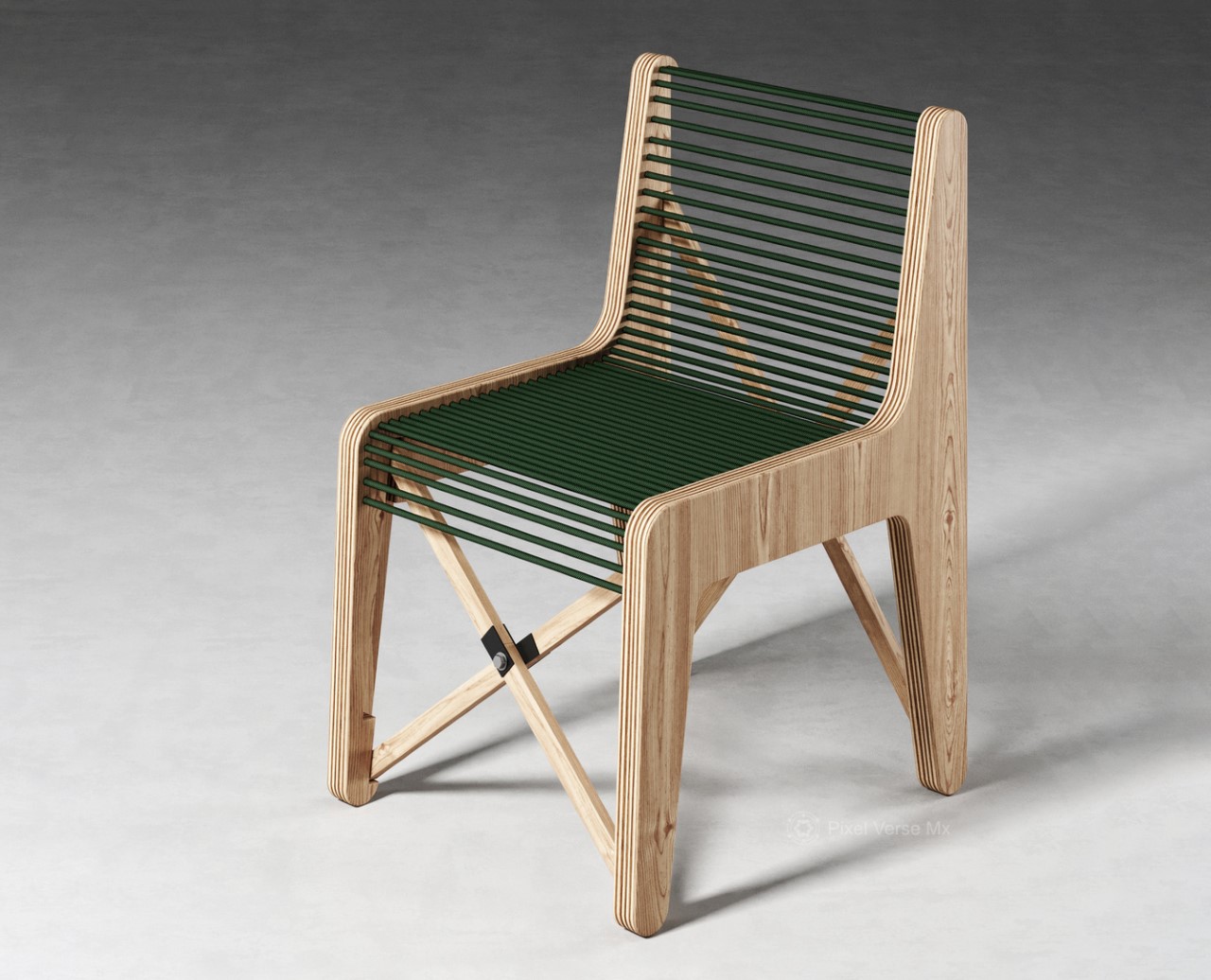
Quite unlike any of the folding chairs you may have seen around you, on the internet, or even on this website, this creative little number comes from Jon 117 SP, a designer based out of Léon, Mexico.
Why is it noteworthy?
Simply titled the Collapsible Wood Chair, the seating uses two almost-identical wooden profiles with a thick paracord weaving between the both of them to form the seat and backrest. The paracord does two essential things – not only does it make sitting feel comfortable (unlike wood or metal which feels rigid), but it also adds a flexible element to the seat where it folds together, allowing the chair to collapse flat when you’re not sitting on it.
What we like
- A unique take on a collapsible chair
What we dislike
- We’re not sure how comfortable it would be to sit on the paracord
10. The Fly Armchair
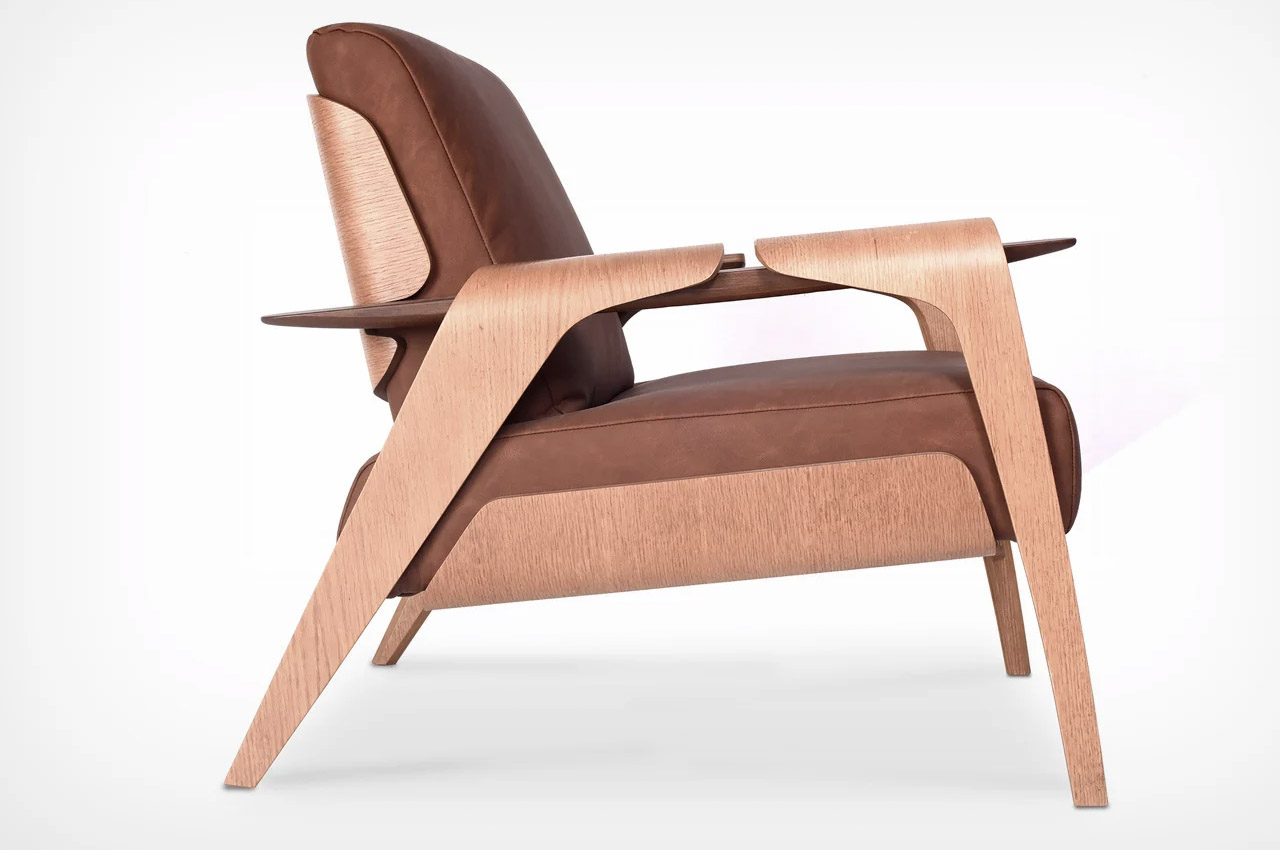
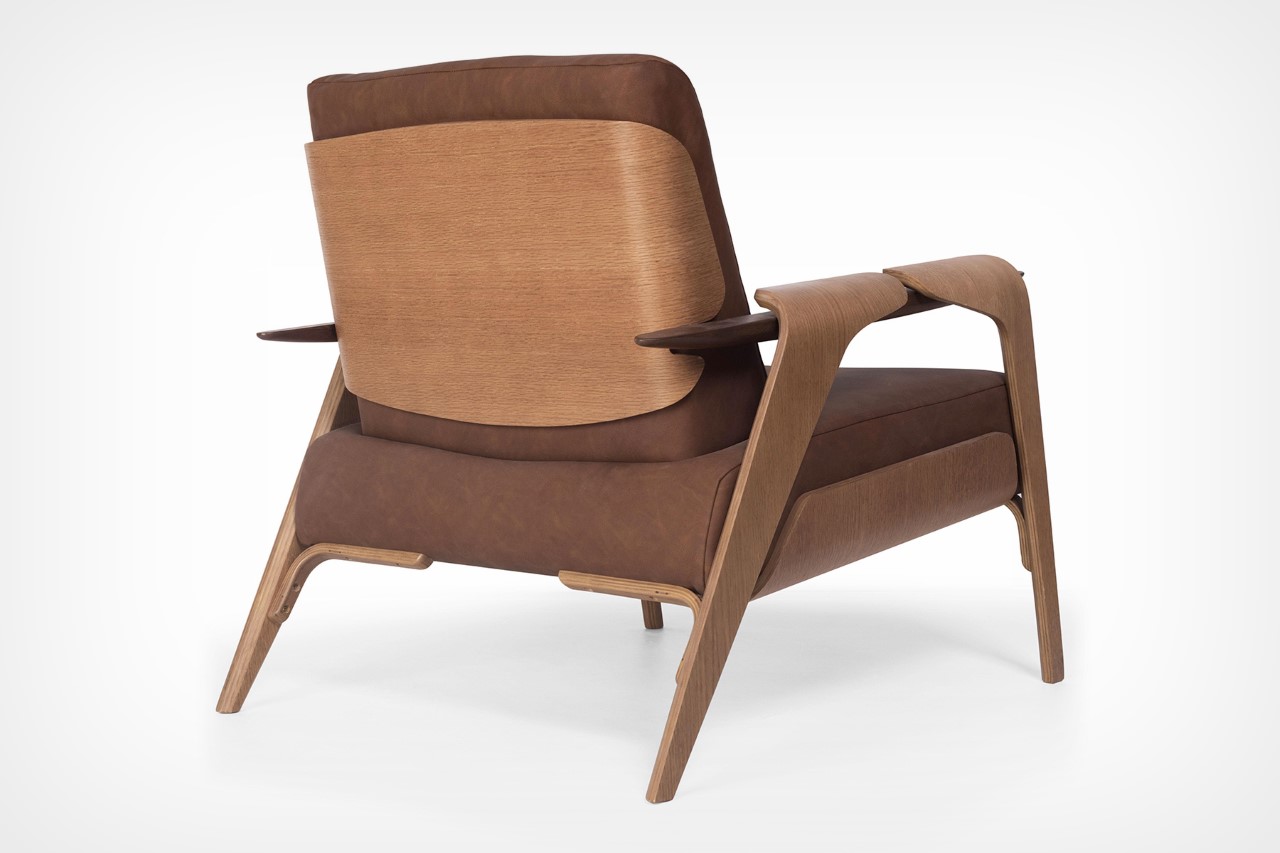
A Gold Winner of the A’ Design Award, Pepe Lima’s armchair wasn’t born through material inspiration or exploration. It was the result of studies of deconstructivist compositions with the objective of creating a product with disconnected elements that paradoxically could result in a harmonious object. “The Fly armchair’s greatest differentials are its illusorily disconnected parts, which are presented as something exploded“, says Lima.
Why is it noteworthy?
It’s a common assumption that a chair is a singular frame of wood, lined with cushions at strategic places to make seating comfortable. The Fly Armchair shatters that notion by, instead, opting for multiple disconnected pieces of wood that are magically connected by the cushions and armrests. The wood frame isn’t a singular cohesive unit but is rather a fractured form that’s united by an unlikely hero – the ‘soft’ cushion. To an extent, that too was true with the Eames Lounge Chair’s design, although Lima made a more conscious effort to adopt that style here.
What we like
- Clean + minimal aesthetics
- It’s almost as if the chair’s ‘actual’ frame is wearing a leather cloak, while the armrests, legs, base, and back panel are taking the credit for bringing the chair together
What we dislike
- No complaints!



